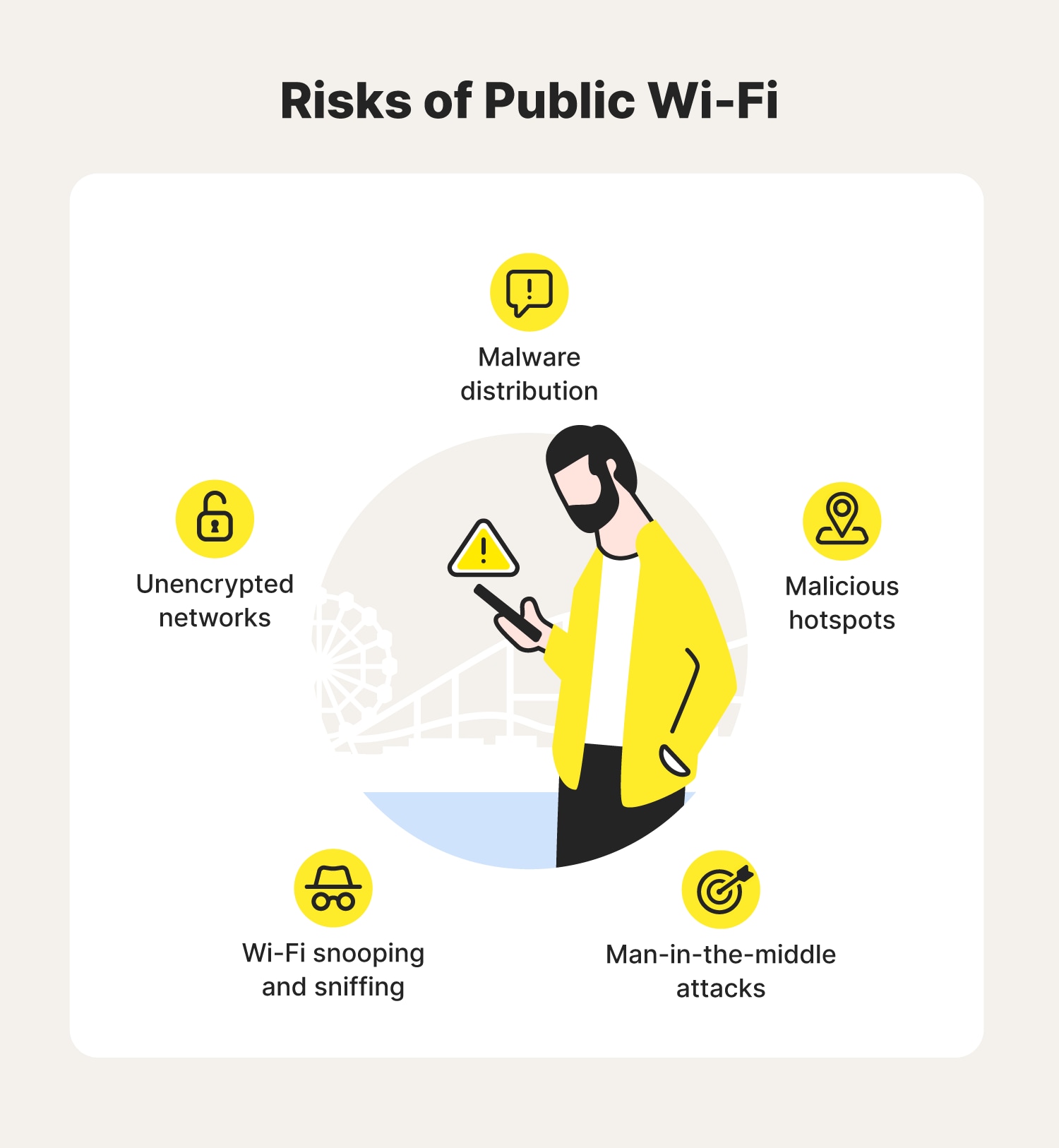With the increasing availability of public Wi-Fi networks, it’s become easier than ever to stay connected while on the go. Whether you’re at a coffee shop, airport, or hotel, you can quickly connect your device to a public Wi-Fi network and browse the web, check emails, or stream content. However, these public networks are often unsecured, making them an easy target for cybercriminals looking to steal sensitive information.
Fortunately, there are steps you can take to protect yourself while using public Wi-Fi networks. In this post, we’ll cover some of the best practices you can follow to stay safe while using public Wi-Fi.
Use a Virtual Private Network (VPN)
One of the best ways to protect yourself while using public Wi-Fi is to use a virtual private network (VPN). A VPN creates a secure, encrypted connection between your device and the internet, making it difficult for cybercriminals to intercept your data. When you use a VPN, your internet traffic is routed through a secure server, which can be located in a different country, making it even harder for hackers to trace your activity.
Disable File Sharing
When you connect to a public Wi-Fi network, your device may be set to share files and folders with other devices on the same network. This can be convenient when you’re at home or in the office, but it can also be a security risk when you’re on a public network. To protect yourself, make sure to disable file sharing on your device before connecting to a public Wi-Fi network.
Use HTTPS Websites
When browsing the web on a public Wi-Fi network, it’s important to be cautious about the websites you visit. Hackers can use various techniques to intercept your data, including intercepting your web traffic and stealing your login credentials. To protect yourself, make sure to only visit websites that use HTTPS encryption. HTTPS encrypts your data as it travels between your device and the website, making it more difficult for hackers to intercept your data.
Keep Your Software Up-to-Date
Software vulnerabilities can be a major security risk, as they can be exploited by cybercriminals to gain access to your device. To reduce the risk of exploitation, make sure to keep your software up-to-date, including your operating system, web browser, and any other software installed on your device. This will help ensure that any known vulnerabilities are patched, reducing the risk of a cyber attack.
Use Two-Factor Authentication
Two-factor authentication adds an extra layer of security to your online accounts by requiring you to provide two forms of identification. This can be a password and a one-time code sent to your phone, or a password and a fingerprint scan. By enabling two-factor authentication on your online accounts, you can make it much more difficult for hackers to gain access to your sensitive information.
Conclusion
Public Wi-Fi networks can be a security risk, but by following these best practices, you can significantly reduce the risk of a cyber attack. By using a VPN, disabling file sharing, using HTTPS websites, keeping your software up-to-date, and using two-factor authentication, you can stay safe while using public Wi-Fi networks and enjoy the convenience they provide.



